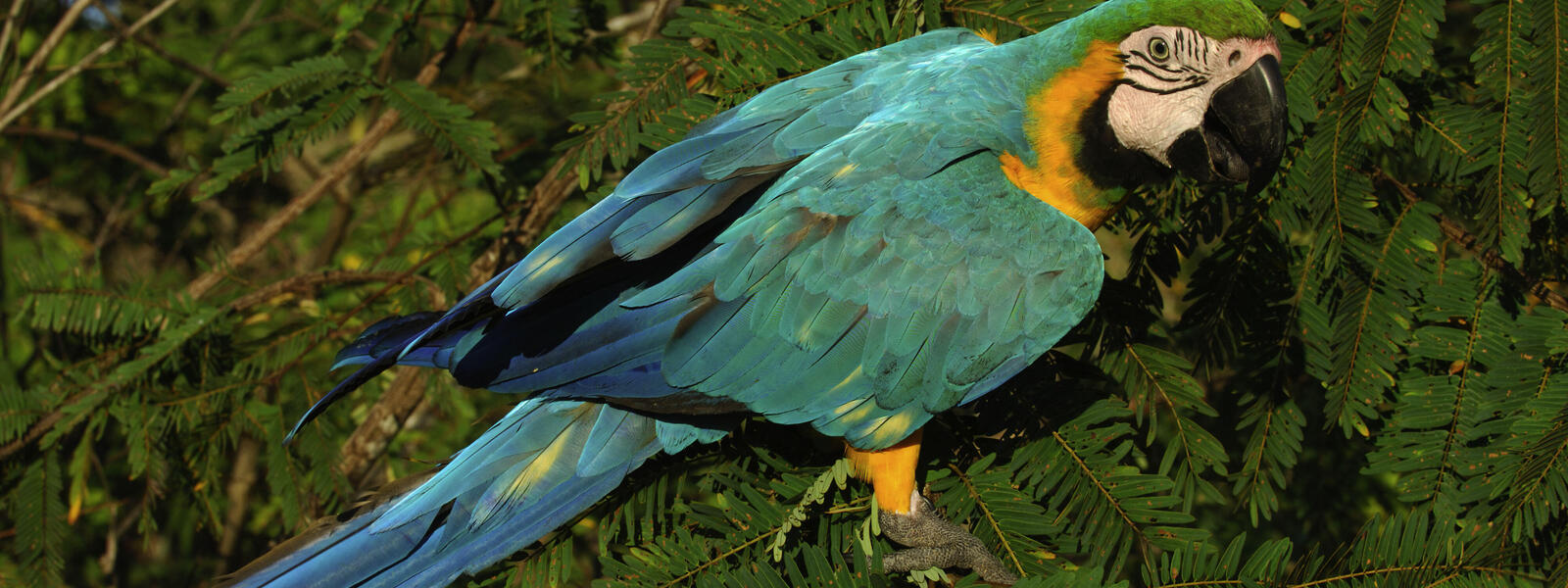
The Amazon is a vast region that spans eight rapidly developing countries: Brazil, Bolivia, Peru, Ecuador, Colombia, Venezuela, Guyana, Suriname, and French Guiana, an overseas territory of France.
The landscape contains:
- One in ten known species on Earth
- 1.4 billion acres of dense forests, half of the planet’s remaining tropical forests
- 4,100 miles of winding rivers
- 2.6 million square miles in the Amazon basin, about 40% of South America
There is a clear link between the health of the Amazon and the health of the planet. The rain forests, which contain 90-140 billion tons of carbon, help stabilize the local and global climate. Deforestation may release significant amounts of this carbon, which could have catastrophic consequences around the world.
The Amazon contains millions of species, most of them still undescribed, and some of the world’s most unusual wildlife. It is one of Earth’s last refuges for jaguars, harpy eagles, and pink river dolphins, and home to thousands of birds and butterflies. Tree-dwelling species include southern two-toed sloths, pygmy marmosets, saddleback and emperor tamarins, and Goeldi’s monkeys.

The diversity of the region is staggering:
- 40,000 plant species
- 2,400 freshwater fish species
- more than 370 types of reptiles
THREATS
Transportation and energy infrastructure are essential for national and regional development, but when they are poorly planned, negative impacts can exceed short-term benefits. For example, building new roads exposes previously inaccessible areas of forest to illegal and unsustainable logging.
WWF works to promote best practices and decrease environmental damage from:
- gold mining
- oil exploration
- illegal logging
- overharvesting of fish and other aquatic species
There is high demand for the natural resources found in the Amazon, but weak law enforcement to safeguard them. In addition, inefficient extraction processes lead to the destruction of nature and wildlife. For example, some mining activities contribute to soil erosion and water contamination.
In recent times, warmer temperatures and less rainfall have produced droughts of historic proportions. The Amazon suffered its worst droughts of the last 100 years in 2005 and 2010. Long dry spells wither crops, decimate fisheries and lead to forest fires. This can result in significant shifts in the makeup of ecosystems and a loss of species.
